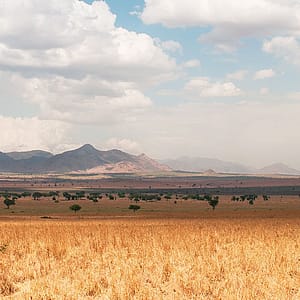For your first trip to Africa, don’t hesitate to seek the advice of a physician who specialises in tropical medicine. As some antimalarial drugs cause side effects, make an appointment with your doctor several weeks before your trip to Madagascar to see if they are right for you. You should know that medicines for malaria are also available in generic form and are much more affordable.
In your first aid kit, be sure to include sunscreen with a high UV protection index, a tropical mosquito repellent (with 25-50% DEET), some anti-malarial tablets, some anti-diarrhoeia tablets, some aspirin, some bandages, some disinfectant, some travel sickness tablets, a soothing lotion for insect bites and stings and a sunburn cream or balm, like Biafine.
You’ll need to have a good first aid kit.
- Some pictures of Europe to show to the Malagasy people
- A travel diary to record your thoughts
- A waterproof bag to protect your camera equipment in case of rain
- A camera with a good zoom (or a telephoto lens) to take pictures of the lemurs and the many birds. Take a spare battery for nights spent bivouacking.
- Tampons and sanitary napkins that are difficult to find there
- A resealable bag of washing powder
- A headlamp or flashlight
- A rain coat for the rain forests of the East Coast
- Some warmer clothes for nights in the highlands
- Some long-sleeved, cotton clothes to avoid mosquito bites.
- A little bottle of hand sanitiser
- Some cleansing wipes (for bivouac stops, or more generally as soon as there is no faucet in sight).
- A pareo, or wrap-around skirt if you want to swim
- A hat and sunglasses are essential
- Some hiking shoes



